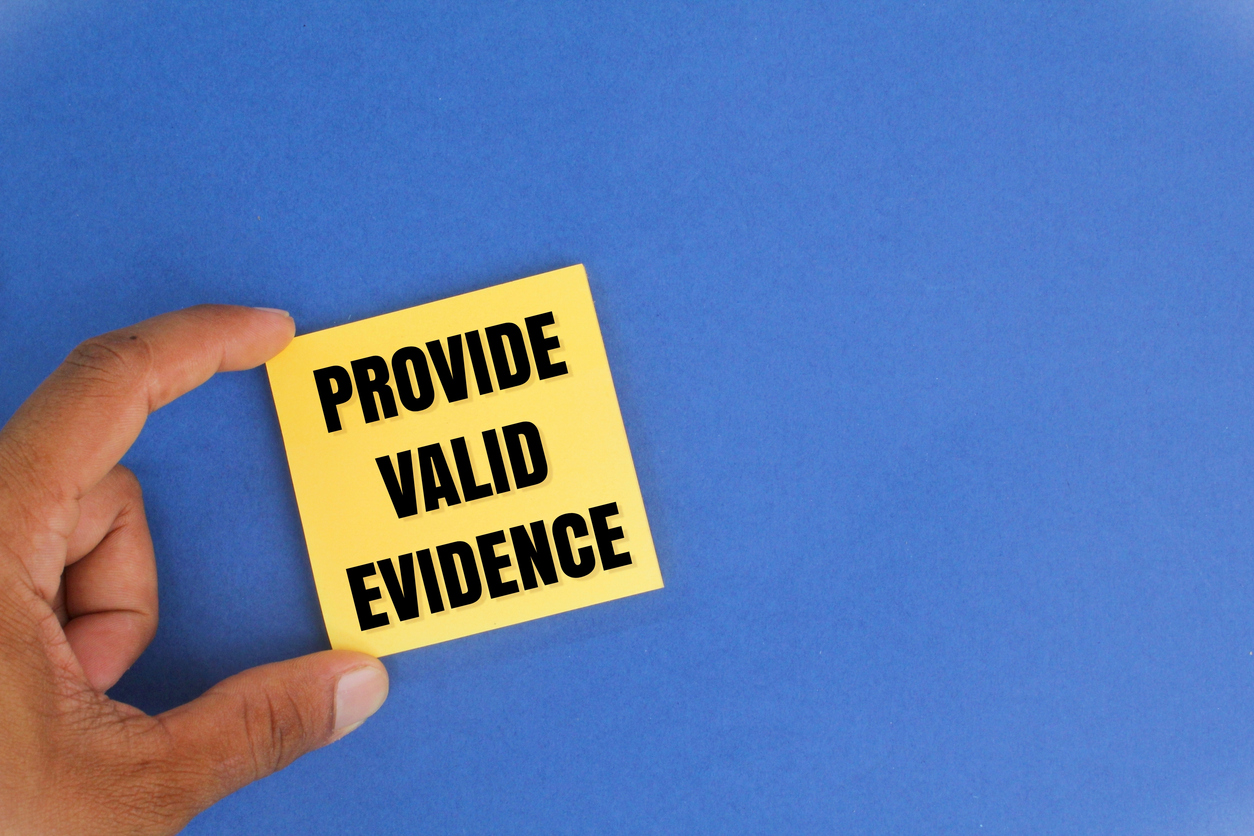Many people think the declarations page and subsequent coverage and exclusion sections make up the important part of an insurance policy. However, add-on forms known as “endorsements” or “riders” may be just as important as they have the ability to significantly change the policy, depending on their language. For example, an endorsement to an insurance contract can add, remove, or change the coverage in the policy. While these pages often come at the end of the contract, they should be read in conjunction with the declarations page and the entirety of the policy.
An example of an add-on policy form that may seem like an endorsement or rider—and one in particular I would like to discuss today—looks like this:
TEXAS PERIOD TO FILE A CLAIM OR BRING LEGAL ACTION AGAINST US NOTICE – WINDSTORM OR HAIL – CATASTROPHE AREA
This Notice does not form a part of your insurance contract. No coverage is provided by this Notice, nor can it be construed to replace any provisions of your policy (including its endorsements). If there is any conflict between this Notice and the policy (including its endorsements), the provisions of the policy (including its endorsements) shall prevail.
Carefully read your policy, including the endorsements attached to your policy. In accordance with Texas Insurance Code Section 2301.010(f), we are notifying you that:
1. With respect to loss or damage in the State of Texas caused by windstorm or hail in the catastrophe area, as defined by the Texas Insurance Code, any claim must be filed with us not later than one year after the date of the loss or damage that is the subject of the claim. However, any such claim may be filed after the first anniversary of the date of the loss for good cause shown by the person filing the claim; and
2. Any legal action brought against us under the policy for loss or damage in the State of Texas caused by windstorm or hail in the catastrophe area, as defined by the Texas Insurance Code, must be brought within the earlier of the following:
a. Two years and one day from the date we accept or reject the claim; or
b. Three years and one day from the date of the loss or damage that is the subject of the claim.
This add-on form seemingly modifies the statute of limitations, in that it tells the policyholder they must bring a claim within a certain time-frame otherwise or be prohibited from suing. However, when looking at the fine print, two phrases are significant, especially for adjusters who may deal with such a policy.
First, the form states: “This Notice does not form a part of your insurance contract.” Thus, while this form may look like an endorsement, it is not to be construed as part of the insurance contract. Rather, the form provides that it is a notice of the applicable statutory provision regarding statute of limitations for catastrophe areas. By adding this form, the insurer is attempting to, you guessed it, put the policyholder on notice of this particular statute that will limit the policyholder’s ability to bring a claim beyond the specified time-period.
Second, the provision states it applies only to legal actions brought against the insurer “caused by windstorm or hail in the catastrophe area.” Thus, in order for this form to even apply to the claim, one would have to simultaneously figure out whether the subject area was part of a catastrophe area. To find out whether the location of the damage is in a catastrophe area, the state’s department of insurance website will usually contain this information. So, going back to the example form above, the proper area to look would be the Texas Department of Insurance website. If the area where the damage occurred is not in one of the designated catastrophe areas, then its likely that that this form may not apply.
So, what is the point of all this? Well, it is important to read the fine print of some of these addendums and additional forms attached to a policy. Remember: an endorsement or rider has the ability to completely change the coverage in an insurance contract. Some of these forms may seem like endorsements or riders, but a closer reading will indicate that they may only be intended to be construed as a notice. And lastly, reading the fine print of these forms is important due to the fact that the form’s effect may only be applicable to a certain type of claim, such as one that is within a catastrophe area.





